How to Optimize Your Workspace with Efficient Fiber Optic Cable Management Solutions
As organizations increasingly rely on high-speed internet and digital communication, the importance of effective fiber optic cable management has become paramount. According to a report by the International Telecommunications Union, the demand for fiber optic connections has surged by over 30% annually, driven by the need for faster data transfer rates and increased bandwidth. Poor cable organization can lead to disruptions, reduced network reliability, and higher operational costs, with studies indicating that disorganized cabling can result in up to 70% longer troubleshooting times. Therefore, implementing efficient fiber optic cable management solutions is crucial not only to enhance the aesthetic appeal of workspaces but also to ensure optimal network performance and longevity. This article will explore strategies and best practices that can be employed to streamline cable organization and maximize workspace efficiency.
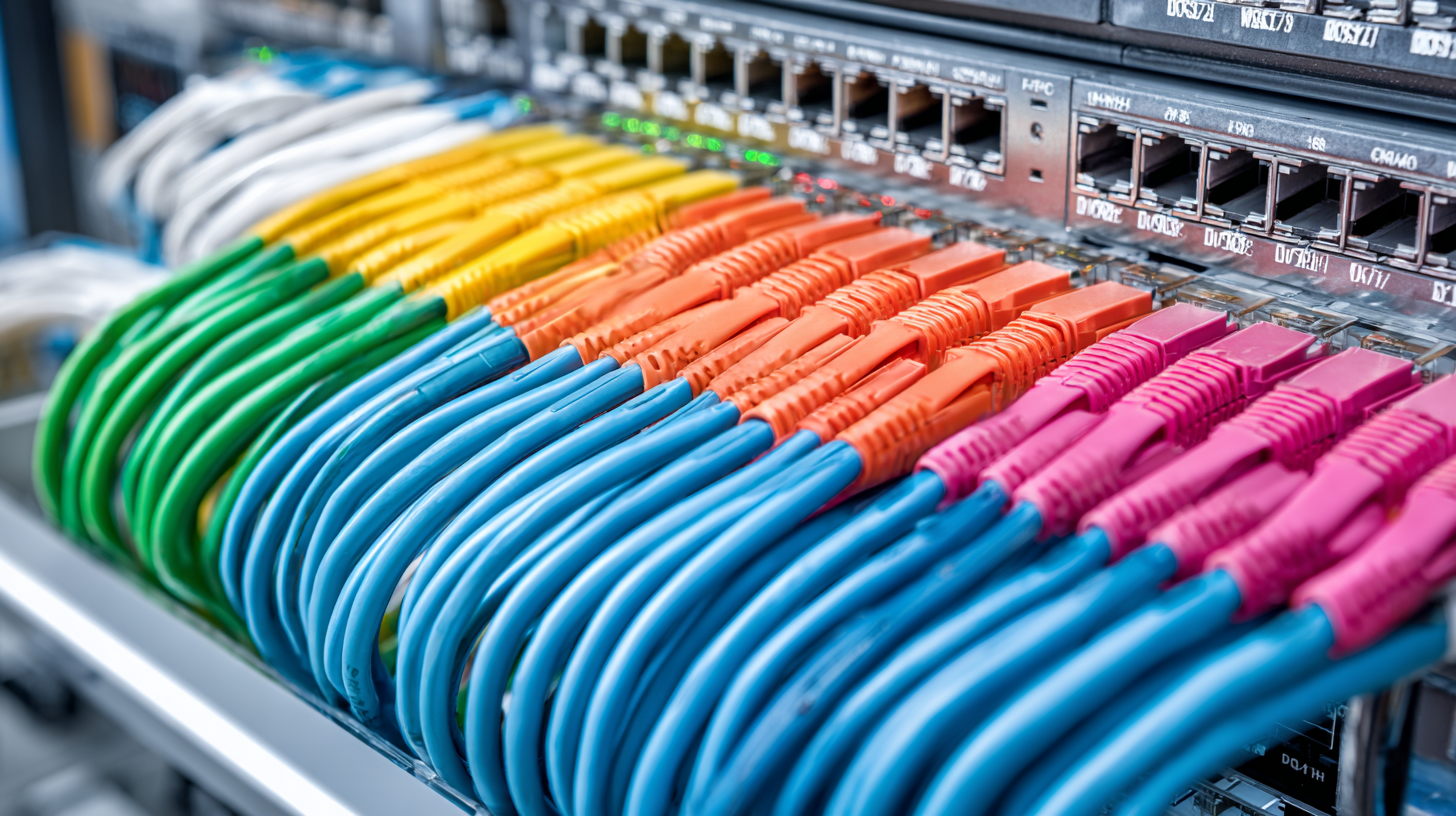
Understanding the Importance of Fiber Optic Cable Management in Modern Workspaces
In modern workspaces, the importance of fiber optic cable management cannot be overstated. A report by the Fiber Optic Association indicates that well-organized cable systems can reduce potential downtime by up to 20%. As companies increasingly rely on high-speed internet and data services, efficient management of these cables becomes crucial to ensure seamless connectivity and optimal performance. With an ever-growing number of devices and technologies in use, the risk of cable tangling and interference rises, which can lead to significant operational inefficiencies.
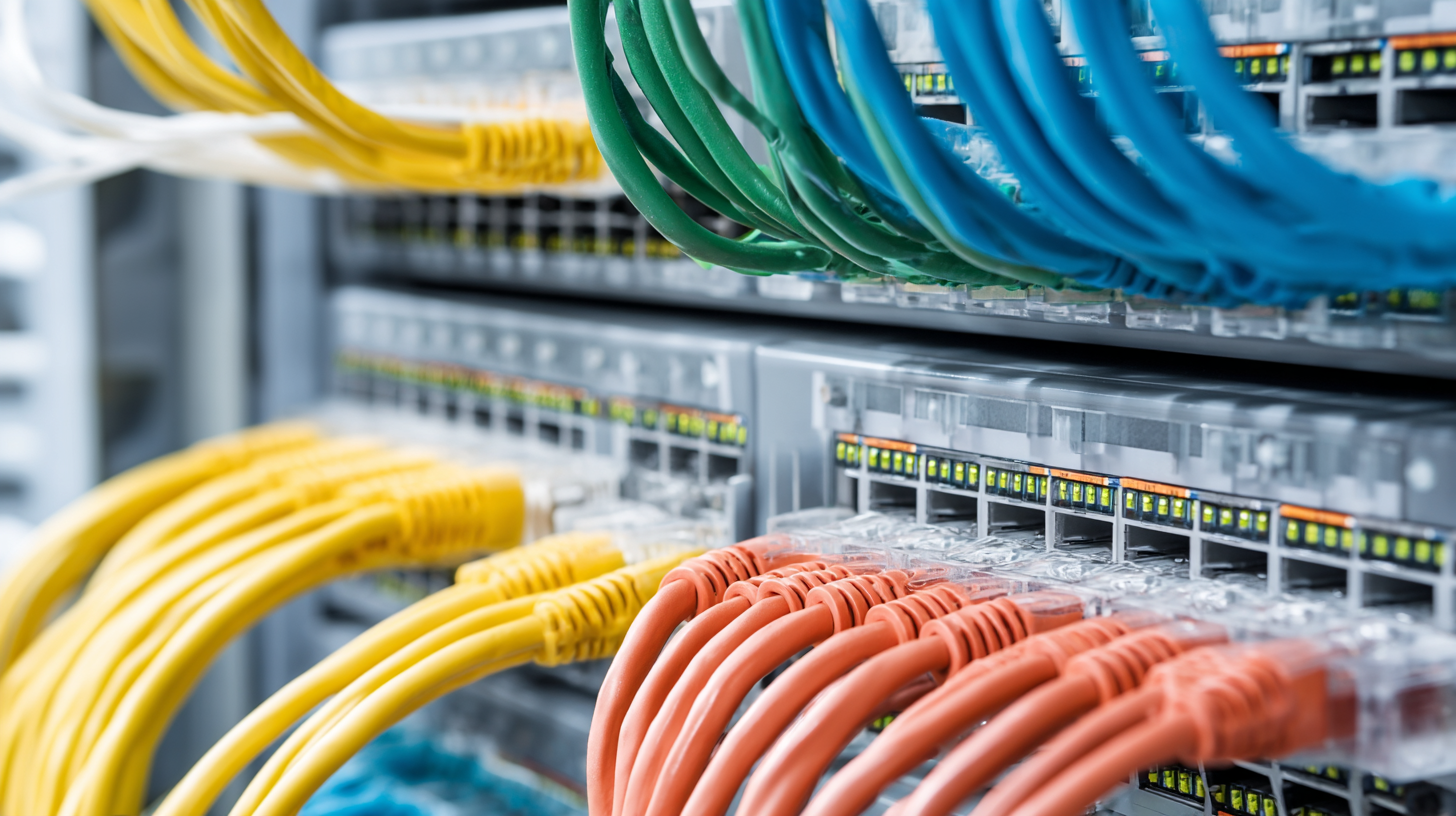
Moreover, the trend towards remote work and cloud computing highlights the necessity for effective cable organization. According to a study by Research and Markets, the global market for optical fiber cables is projected to reach $24 billion by 2025, showcasing an increased reliance on advanced networking solutions. Investing in fiber optic cable management not only maximizes space but also promotes safety, minimizes maintenance costs, and enhances the overall aesthetic of a workspace.
Emphasizing proper cable routing and labeling can contribute to faster troubleshooting and facilitate easier upgrades, ultimately supporting the dynamic nature of contemporary work environments.
Identifying Common Challenges in Fiber Optic Cable Organization
Efficient fiber optic cable organization is crucial in maintaining a streamlined workspace, yet several common challenges can hinder this process. One of the primary issues is tangling and excessive slack in cables, which can create confusion and impede quick access to specific fibers. When cables are haphazardly laid out, it becomes difficult to trace connections, leading to potential downtime during maintenance or troubleshooting. Implementing proper labeling and utilizing cable trays or management systems can significantly reduce these issues.
Another challenge arises from the handling and bending of fiber optic cables, which are sensitive to excessive pressure and sharp bends. Improper management can lead to interruptions in service or data transmission errors. To mitigate this risk, it is essential to adopt gentle bandwidth management practices and invest in high-quality cable management solutions such as fiber enclosures and protective routing paths. By addressing these common pitfalls, organizations can create a more efficient and reliable workspace, ensuring optimal performance of their fiber optic networks.
How to Optimize Your Workspace with Efficient Fiber Optic Cable Management Solutions
| Challenge | Description | Solution |
|---|---|---|
| Tangled Cables | Cables can become knotted and difficult to manage. | Use cable ties and clips to securely fasten cables and maintain organization. |
| Insufficient Labeling | Identifying cables without proper labels can be time-consuming. | Implement a color-coded labeling system for easier identification. |
| Overheating | Poor ventilation can lead to overheating of cables. | Ensure adequate airflow and avoid tightly bundling cables together. |
| Inconsistent Maintenance | Neglecting regular checks can lead to problems. | Schedule regular maintenance and inspections of cable setups. |
| Difficult Access | Cables placed in hard-to-reach areas make troubleshooting challenging. | Position cables in accessible locations and use flexible routing methods. |
Implementing Effective Strategies for Cable Routing and Storage
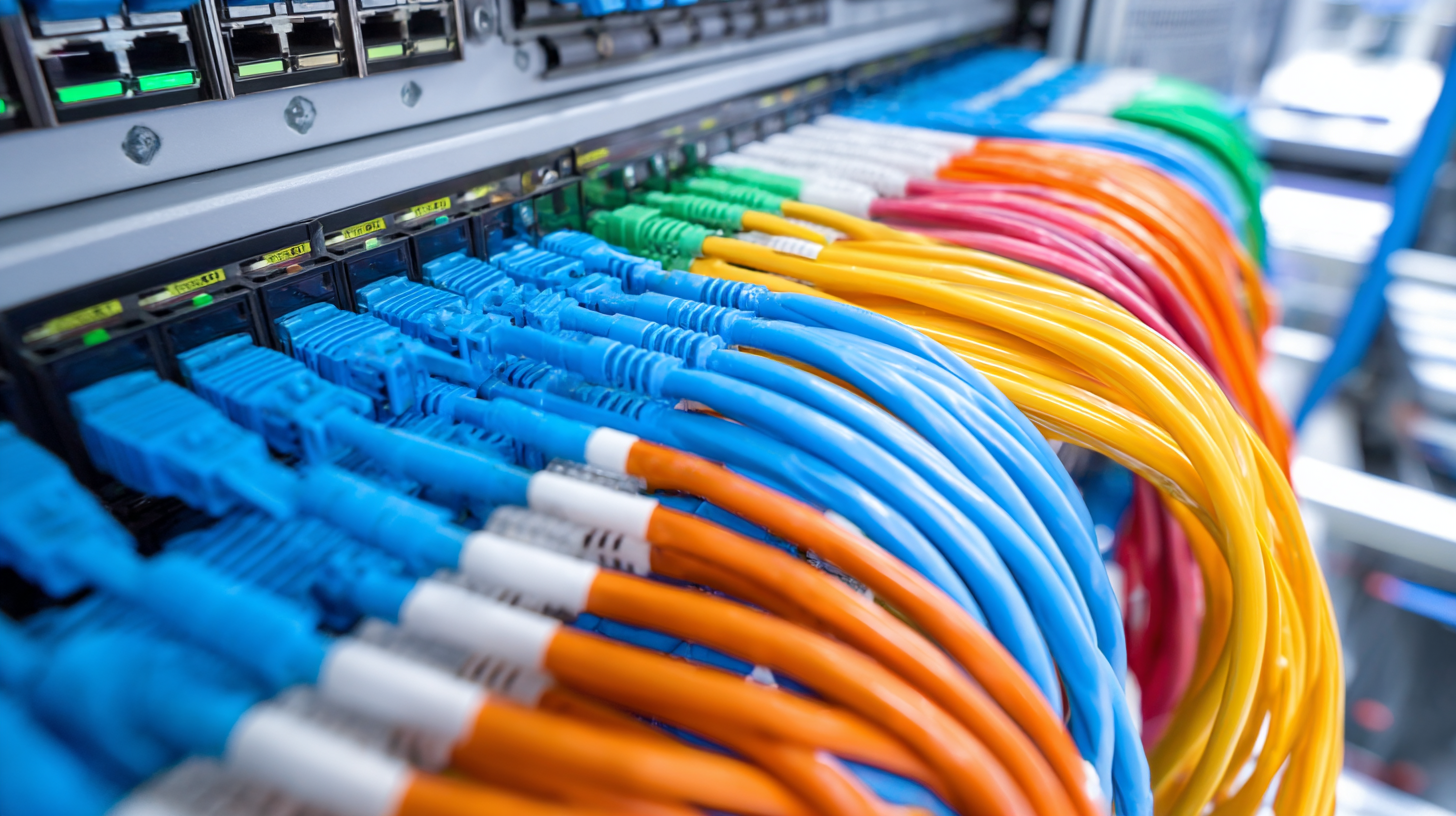 Efficient cable routing and storage are vital components of an optimized workspace. According to a report by BICSI, well-organized cabling can reduce the time spent on troubleshooting by as much as 70%. This not only enhances productivity but also extends the lifespan of the cables, minimizing replacement costs. Implementing strategies such as color-coding cables and using cable trays can significantly improve visibility and access, allowing for quicker maintenance and upgrades.
Efficient cable routing and storage are vital components of an optimized workspace. According to a report by BICSI, well-organized cabling can reduce the time spent on troubleshooting by as much as 70%. This not only enhances productivity but also extends the lifespan of the cables, minimizing replacement costs. Implementing strategies such as color-coding cables and using cable trays can significantly improve visibility and access, allowing for quicker maintenance and upgrades.
Tips: Consider investing in cable management solutions like Velcro straps and raceways to keep cables organized and prevent tangling. Regularly audit your cables to identify redundant or outdated connections, ensuring that your workspace remains clutter-free and efficient.
In addition, utilizing vertical space for storage is crucial. Mounting equipment on walls or overhead can free up valuable floor space for other uses. A study from the International Facility Management Association (IFMA) notes that optimizing workspace can yield a 30% increase in efficiency. By effectively routing and storing fiber optic cables, companies can create a more productive environment that supports both current and future technology needs.
Utilizing Cable Management Tools and Accessories for a Tidy Setup
Effective cable management is vital for maintaining a tidy and efficient workspace, especially when using fiber optic cables. Utilizing cable management tools and accessories can significantly enhance the organization of your setup. Start by using cable trays or raceways, which can conceal cables and keep them organized. This not only prevents tangling but also makes it easier to access cables when necessary.
Moreover, consider employing cable ties, clips, and sleeves to bundle cables neatly together. These accessories help avoid clutter and make your workspace appear more professional. Labeling each cable can also facilitate easier troubleshooting and maintenance, ensuring you can identify connections quickly without the hassle of tracing back through a maze of wires. By investing in these tools and accessories, you’ll create an efficient environment that maximizes productivity while minimizing distractions.
Fiber Optic Cable Management Efficiency
Regular Maintenance and Updates for Optimal Fiber Optic Performance
Regular maintenance and updates are crucial for ensuring optimal fiber optic performance in any workspace. According to a report by the Fiber Optic Industry Association, nearly 70% of network failures are attributed to poor cable management and lack of routine inspections. This highlights the importance of developing a structured maintenance protocol that includes regular checks for cable wear and tear, ensuring connectors are free of dust, and testing signal strength to prevent costly downtime.
Furthermore, keeping abreast of the latest advancements in fiber optic technology can greatly enhance network efficiency. A recent study by the International Telecommunications Union indicated that organizations that update their systems every 3 to 5 years experience a 30% increase in overall performance and a significant reduction in latency. Investing in high-quality cable management solutions not only streamlines workspace operations but also reinforces the longevity and reliability of the network infrastructure, paving the way for seamless data transmission and improved productivity.
Related Posts
-

Maximize Your Network Potential with Fiber Cable Insights and Best Practices
-

7 Essential Tips for Choosing the Best Fiber Optic Termination Kit for Your Projects
-

Exploring Innovative Alternatives for Effective Wire Management Solutions
-

Challenges Faced by Businesses Using Ineffective Cable Management Tools
-
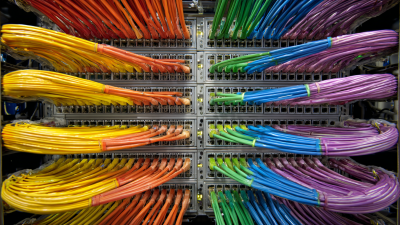
How to Choose the Right Fiber Patch for Your Networking Needs
-
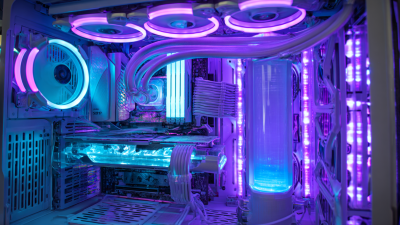
How to Choose the Best Cable Management Tools for Your Workspace






